Home>Articles>How Often To Replace Anode Rod In Water Heater
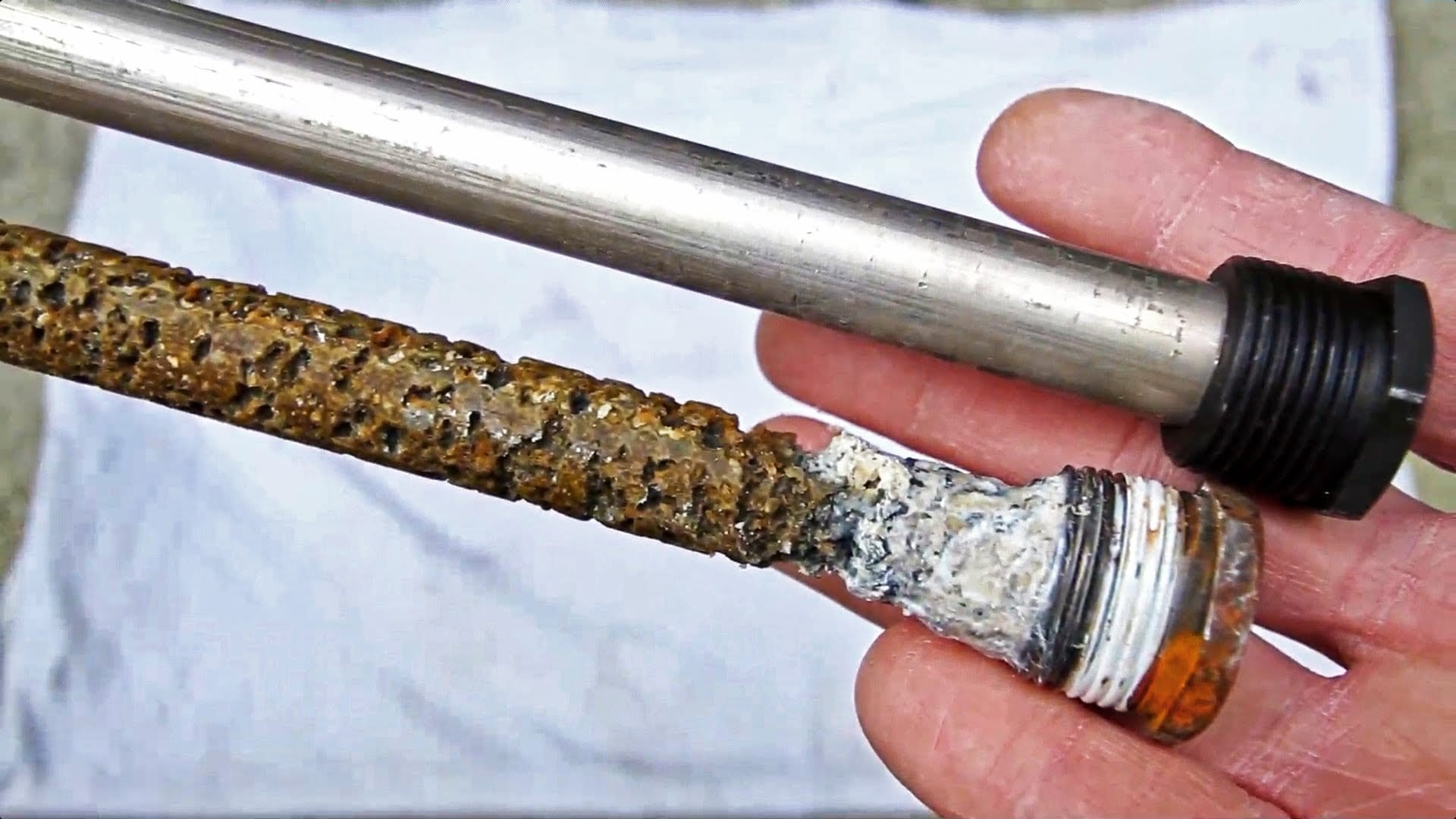

Articles
How Often To Replace Anode Rod In Water Heater
Modified: August 21, 2024
Discover the importance of replacing the anode rod in your water heater regularly. Read expert articles on how often you should replace anode rods for optimal performance.
(Many of the links in this article redirect to a specific reviewed product. Your purchase of these products through affiliate links helps to generate commission for Storables.com, at no extra cost. Learn more)
Introduction
Water heaters are an essential appliance in our homes, providing us with hot water for various purposes such as bathing, cooking, and cleaning. While we often rely on them to work efficiently, we may overlook an important component that plays a crucial role in their longevity and performance – the anode rod.
The anode rod is a simple yet significant part of a water heater that is often overshadowed by the more noticeable elements. This small rod made of either aluminum or magnesium is designed to protect the tank from corrosion. Without the anode rod, the tank would be vulnerable to rusting and potential failure.
In this article, we will delve into the importance of the anode rod in water heaters, discuss the signs that indicate it needs to be replaced, explore the factors affecting its lifespan, and finally, answer the question of how often the anode rod should be replaced.
Key Takeaways:
- Regularly replacing the anode rod in your water heater can prevent corrosion, extend the appliance’s lifespan, improve efficiency, and ensure safe, clean water for daily use. Don’t overlook this small but crucial component!
- Factors such as water quality, usage, and maintenance can affect the frequency of anode rod replacement. Understanding these factors and following simple steps to replace the rod can help protect your water heater and avoid costly repairs.
Read also: 9 Amazing Water Heater Anode Rod for 2025
What is an anode rod?
Before we get into the details of an anode rod, let’s understand its purpose and how it functions within a water heater. An anode rod is a sacrificial component that is installed inside the tank of a water heater. It is made of either aluminum or magnesium, both of which are highly active metals when compared to the steel of the tank.
The primary function of the anode rod is to attract and draw any corrosive elements in the water towards itself. This process, known as electrochemical corrosion, occurs due to the different electrical potentials of the anode rod and the tank. By corroding the anode rod sacrificially, it prevents the steel tank from rusting and corroding. In other words, the anode rod sacrifices itself to protect the integrity and lifespan of the water heater.
The anode rod acts as a barrier between the corrosive elements and the tank, reducing the chances of rust formation and prolonging the life of the water heater. It is like a shield that takes the brunt of corrosion, shielding the steel tank from damage and extending its lifespan.
The importance of anode rod in water heaters
The anode rod is a vital component in water heaters that often goes unnoticed until problems arise. Its primary role is to protect the steel tank from corrosion, ultimately extending the lifespan and efficiency of the water heater. Here are a few key reasons why the anode rod is so important:
- Prevent corrosion: The anode rod’s sacrificial nature attracts corrosive elements in the water, diverting them away from the steel tank. This helps prevent rusting and corrosion of the tank, ensuring that your water heater continues to function properly for years to come.
- Extend lifespan: By sacrificing itself, the anode rod effectively prolongs the life of the water heater. Without an anode rod, the tank would be more vulnerable to corrosion and deterioration, leading to premature failure and costly replacements.
- Improve efficiency: A well-maintained anode rod helps maintain the efficiency of the water heater. When the tank is free from corrosion, heat transfer is optimized, allowing the water heater to operate at its intended efficiency level. This, in turn, can reduce energy consumption and lower utility bills.
- Protect other components: Corrosion can spread beyond the tank and affect other crucial parts of the water heater, such as the heating elements and valves. By preventing corrosion, the anode rod safeguards these components, reducing the likelihood of costly repairs or replacements.
- Ensure safe and clean water: Corrosion inside the tank can contaminate the water supply, leading to impurities and unpleasant odors. The anode rod keeps the water clean and safe for use by preventing the buildup of rust and sediment.
It is important to regularly inspect and replace the anode rod as needed to maintain its effectiveness in protecting the water heater. Neglecting this maintenance can lead to reduced efficiency, increased energy consumption, and ultimately, the premature failure of the water heater.
Now that we understand the importance of the anode rod in water heaters, let’s move on to the signs that indicate it needs to be replaced.
Signs that the anode rod needs to be replaced
The anode rod plays a critical role in protecting the water heater from corrosion, but over time, it can become depleted and ineffective. It is important to be aware of the signs that indicate the anode rod needs to be replaced. Here are some common signs to watch out for:
- Rust-colored water: If you notice rust-colored water flowing from your faucets, it could be a sign that the anode rod is no longer able to inhibit corrosion inside the tank. This discoloration occurs when the protective layer of the anode rod is depleted, allowing rust and sediment to mix with the water supply.
- Corrosion on the anode rod: Regularly inspect the anode rod for signs of corrosion. If it appears heavily corroded or worn down, it is an indication that it has served its purpose and needs to be replaced. A deteriorated anode rod will not be effective in protecting the water heater from further rusting.
- Unpleasant odor: The presence of a foul smell in the hot water can indicate that the anode rod is no longer functioning correctly. As the anode rod degrades, it can lead to the growth of bacteria or other microorganisms, resulting in an unpleasant odor in the water.
- Inefficient heating: If you notice a decline in the efficiency of your water heater, such as longer heating times or insufficiently hot water, it may be a sign that the anode rod needs replacing. When the anode rod is worn out, corrosion can build up on the heating elements, affecting their performance and resulting in reduced heating efficiency.
- Visible damage: Inspect the anode rod visually for any visible damage, such as cracks, breaks, or excessive pitting. These indications suggest that the anode rod is no longer able to perform its protective function adequately and should be replaced as soon as possible.
If you observe any of these signs in your water heater, it is advisable to consult a professional plumber or service technician to assess the situation and determine if the anode rod requires replacement.
Now that we know the signs that indicate the need for anode rod replacement, let’s explore the factors that can affect the lifespan of an anode rod.
It is recommended to check the condition of the anode rod in your water heater every 2-3 years and replace it if it is significantly corroded to extend the life of your water heater.
Factors affecting the lifespan of an anode rod
The lifespan of an anode rod can vary depending on several factors. Understanding these factors can help you determine how frequently the anode rod needs to be replaced. Here are the key factors that can affect the lifespan of an anode rod:
- Type of metal: Anode rods are typically made of either aluminum or magnesium. The type of metal used can impact the lifespan of the rod. Magnesium anode rods tend to corrode at a faster rate compared to aluminum ones. However, magnesium rods are more effective in areas with hard water, making them a better choice in such cases.
- Water quality: The quality of the water in your area can have a significant impact on the lifespan of the anode rod. Hard water, which contains high levels of minerals such as calcium and magnesium, can accelerate the corrosion of the anode rod. On the other hand, if your water is soft, it may have a less corrosive effect on the anode rod, leading to a longer lifespan.
- Usage and demand: The frequency and amount of hot water usage can also impact the lifespan of the anode rod. Higher demand for hot water means that the water heater is working harder and the anode rod may deplete more quickly. Commercial properties or households with multiple occupants may need to replace the anode rod more frequently compared to those with low hot water demand.
- Maintenance: Regular maintenance of the water heater, including flushing sediment and mineral buildup, can help prolong the lifespan of the anode rod. Flushing the tank removes any accumulated debris, reducing the strain on the anode rod and increasing its effectiveness.
- Water temperature: Higher water temperatures can accelerate the rate of corrosion, potentially shortening the lifespan of the anode rod. If you consistently keep your water heater temperature at a high setting, the anode rod may need to be replaced more frequently.
It is important to consider these factors when determining how often the anode rod should be replaced. While there is no fixed timeframe for replacement, a general guideline is to inspect the rod annually and consider replacement if it is heavily corroded, worn down, or no longer effective in protecting the tank.
Now that we understand the factors that can affect the lifespan of an anode rod, let’s move on to addressing the question of how often the anode rod should be replaced.
Read more: What Does An Anode Rod In A Water Heater Do
How often should an anode rod be replaced?
The frequency at which an anode rod should be replaced can vary depending on several factors, including the type of metal, water quality, usage, maintenance, and water temperature. While there is no one-size-fits-all answer to this question, there are general guidelines to consider:
- Type of metal: The type of metal used for the anode rod can affect the replacement frequency. Magnesium anode rods typically have a shorter lifespan compared to aluminum ones. As a general rule of thumb, magnesium anode rods should be replaced every 2-3 years, while aluminum anode rods can last around 4-5 years.
- Water quality: The quality of the water also plays a significant role in determining the replacement interval. If you have hard water with high mineral content, it can accelerate the corrosion of the anode rod. In such cases, you may need to replace the anode rod more frequently, possibly every 1-2 years. On the other hand, if you have soft water, the anode rod may last longer, typically around 3-4 years.
- Usage and demand: The frequency and amount of hot water usage can impact the lifespan of the anode rod. If your household has high hot water demand due to multiple occupants or commercial use, it may be necessary to replace the anode rod more frequently, possibly between 1-3 years. Conversely, households with low hot water demand may only need to replace the anode rod every 3-5 years.
- Maintenance: Regular maintenance, such as flushing the tank to remove sediment and mineral buildup, can help extend the lifespan of the anode rod. By keeping the tank clean, you can reduce the strain on the anode rod and increase its effectiveness. If the tank is well-maintained, you may be able to replace the anode rod every 4-6 years.
- Water temperature: Higher water temperatures can accelerate the rate of corrosion and depletion of the anode rod. If your water heater is set to a high temperature, you may need to replace the anode rod more frequently, possibly every 2-4 years.
It is important to note that these are general guidelines, and the actual replacement interval may vary based on individual circumstances. Regular inspection of the anode rod is recommended, and if it appears heavily corroded, worn down, or no longer effective, it is advisable to replace it promptly.
Consulting a professional plumber or service technician can provide valuable insights specific to your water heater and help determine the ideal replacement interval for the anode rod.
Now that we have explored how often an anode rod should be replaced, let’s move on to the steps involved in replacing an anode rod in a water heater.
Steps to replace an anode rod in a water heater
Replacing the anode rod in a water heater is a relatively straightforward process that can be done by following a few simple steps. Here’s a step-by-step guide:
- Turn off the water heater: Begin by turning off the power supply or gas to the water heater. This is crucial for your safety and to prevent any accidents during the replacement process. You can turn off the power at the circuit breaker or shut off the gas valve.
- Locate the anode rod: The anode rod is typically located at the top of the water heater or attached to the hot water outlet. It is usually covered by a hexagonal-shaped cap or a plug. Use a wrench or socket to remove the cap and expose the anode rod.
- Drain some water: To prevent any water from spilling out when you remove the anode rod, it’s a good idea to drain a small amount of water from the tank. Attach a hose to the drain valve at the bottom of the tank and open it slightly to release a small amount of water. You can collect the water in a bucket or container.
- Remove the anode rod: Using a suitable size socket or wrench, loosen and remove the anode rod from the water heater. Be careful as it may be corroded and require some effort to loosen. If necessary, you can use penetrating oil to help loosen stubborn anode rods.
- Inspect the new anode rod: Before installing the new anode rod, inspect it for any damage or defects. Ensure that it is the correct size and compatible with your water heater. It’s recommended to use the same type of metal (aluminum or magnesium) as the previous anode rod.
- Apply plumber’s tape: Wrap plumber’s tape or Teflon tape around the threaded area of the new anode rod. This helps create a tight seal and prevent any leaks when the new rod is installed.
- Install the new anode rod: Insert the new anode rod into the opening where the old rod was removed. Use a wrench or socket to tighten it securely but avoid overtightening, as it might damage the threads or the tank.
- Close the drain valve and fill the tank: Once the new anode rod is securely installed, close the drain valve at the bottom of the water heater and remove the hose. Turn on the water supply and allow the tank to fill completely.
- Restore power or gas supply: Once the tank is filled, you can restore the power to the water heater at the circuit breaker or turn on the gas valve, depending on the type of water heater you have.
- Monitor for leaks: Finally, carefully observe the area around the anode rod and the tank for any signs of leaks. If you notice any leaks, tighten the connections or call a professional for assistance.
It is important to follow safety precautions and manufacturer’s instructions when replacing the anode rod. If you are unsure or uncomfortable performing this task, it is advisable to seek the assistance of a professional plumber or service technician.
By regularly maintaining and replacing the anode rod, you can ensure the longevity and efficiency of your water heater, protecting it from corrosion and extending its lifespan.
Now that we have covered the steps to replace an anode rod, let’s summarize the importance of this component in water heaters.
Conclusion
The anode rod may be a small and often overlooked component of a water heater, but its role in protecting the tank from corrosion should not be underestimated. By sacrificially attracting corrosive elements, the anode rod shields the steel tank, extending its lifespan and maintaining its efficiency.
Regular inspection of the anode rod is crucial to identify signs of depletion or damage. Rust-colored water, corrosion on the rod, unpleasant odor, inefficient heating, and visible damage are all indications that the anode rod needs to be replaced.
Several factors can affect the lifespan of an anode rod, including the type of metal, water quality, usage, maintenance, and water temperature. Understanding these factors can help determine the frequency of anode rod replacement.
Replacing the anode rod in a water heater is a relatively simple process that involves turning off the power or gas, locating the rod, draining some water, removing the old rod, inspecting and installing the new rod, and finally, ensuring there are no leaks before restoring power or gas.
By regularly maintaining and replacing the anode rod as needed, you can ensure the longevity and efficiency of your water heater. This not only protects your investment but also ensures a safe and reliable supply of hot water for your daily needs.
Understanding the importance of the anode rod and taking proactive steps to maintain it will go a long way in avoiding unexpected breakdowns and costly repairs in the future.
So, don’t underestimate the power of the anode rod – it’s a small component that plays a big role in the performance and longevity of your water heater!
Frequently Asked Questions about How Often To Replace Anode Rod In Water Heater
Was this page helpful?
At Storables.com, we guarantee accurate and reliable information. Our content, validated by Expert Board Contributors, is crafted following stringent Editorial Policies. We're committed to providing you with well-researched, expert-backed insights for all your informational needs.
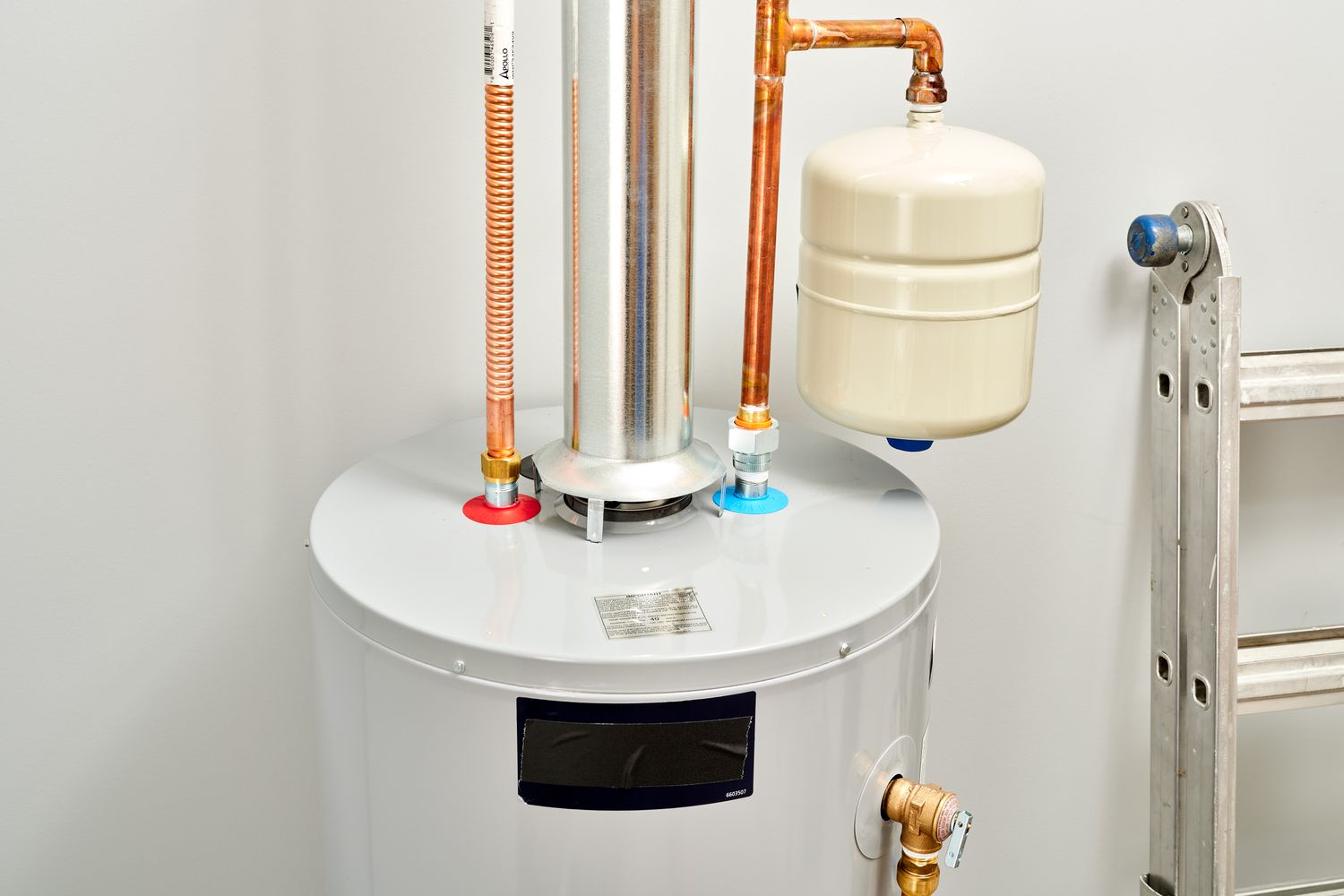
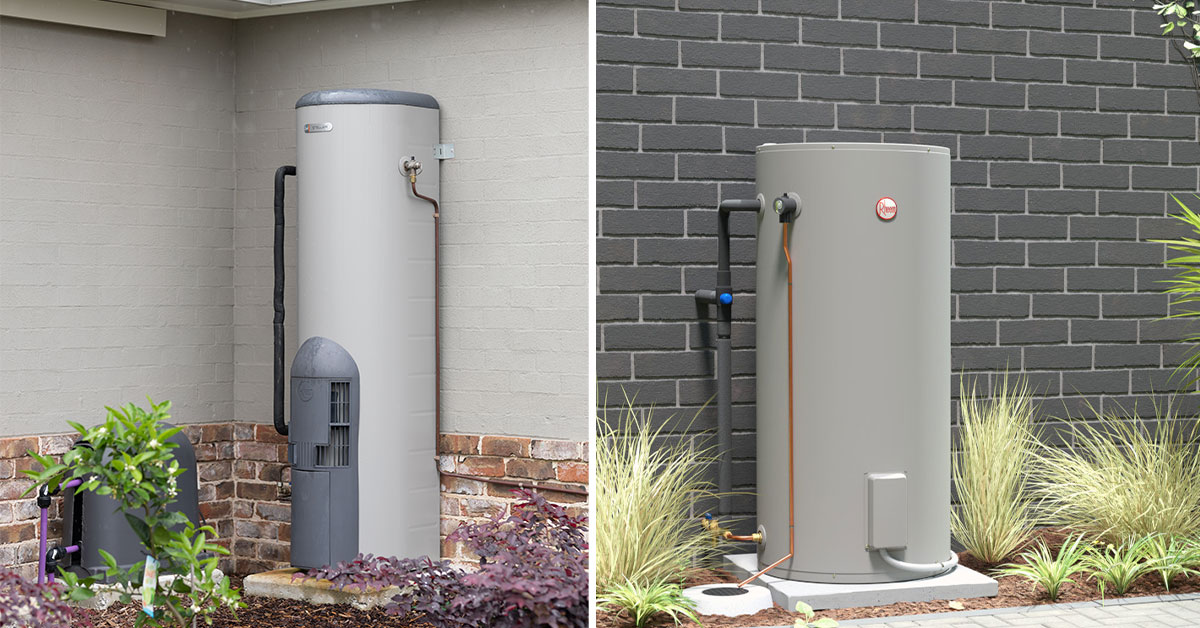
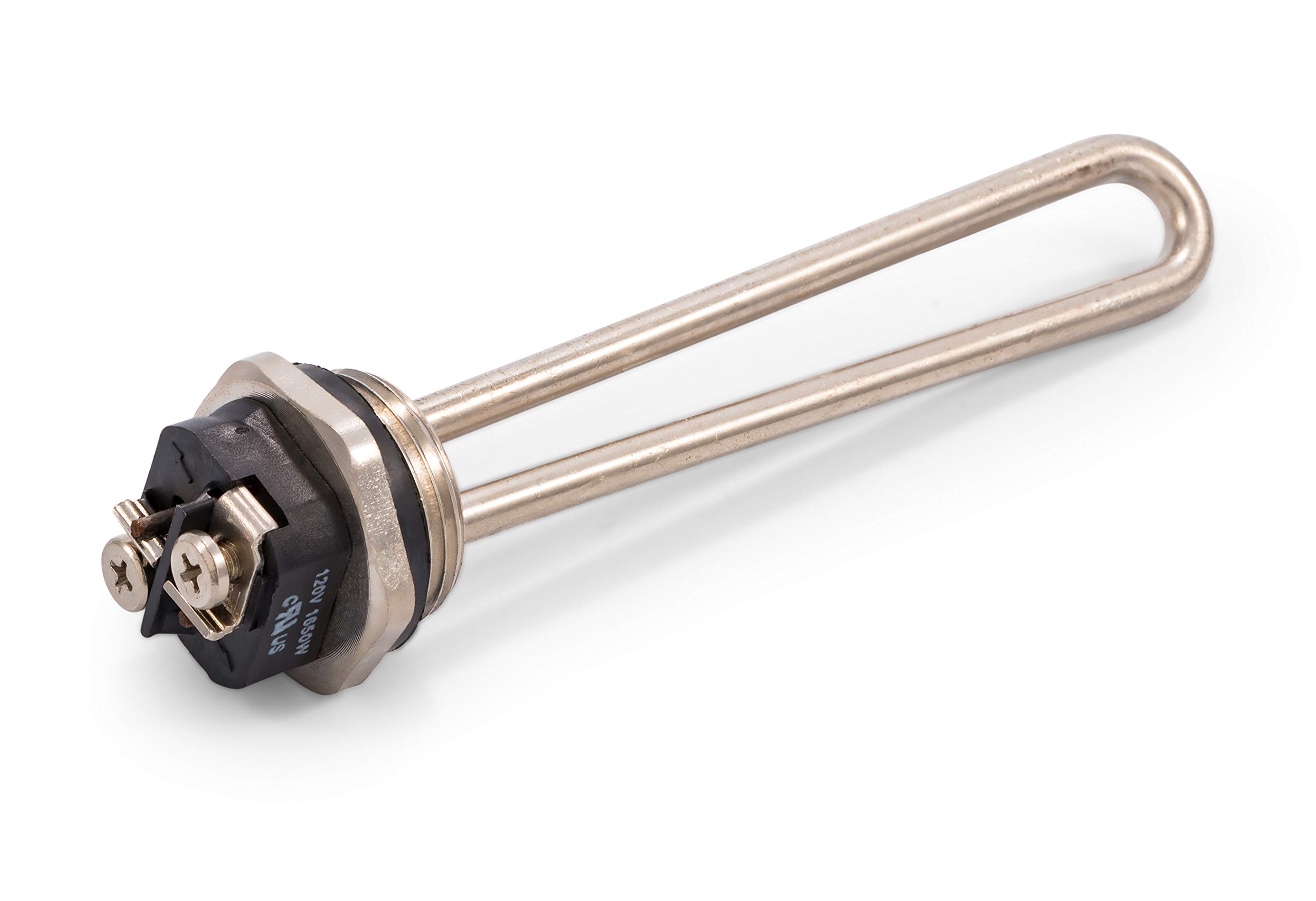
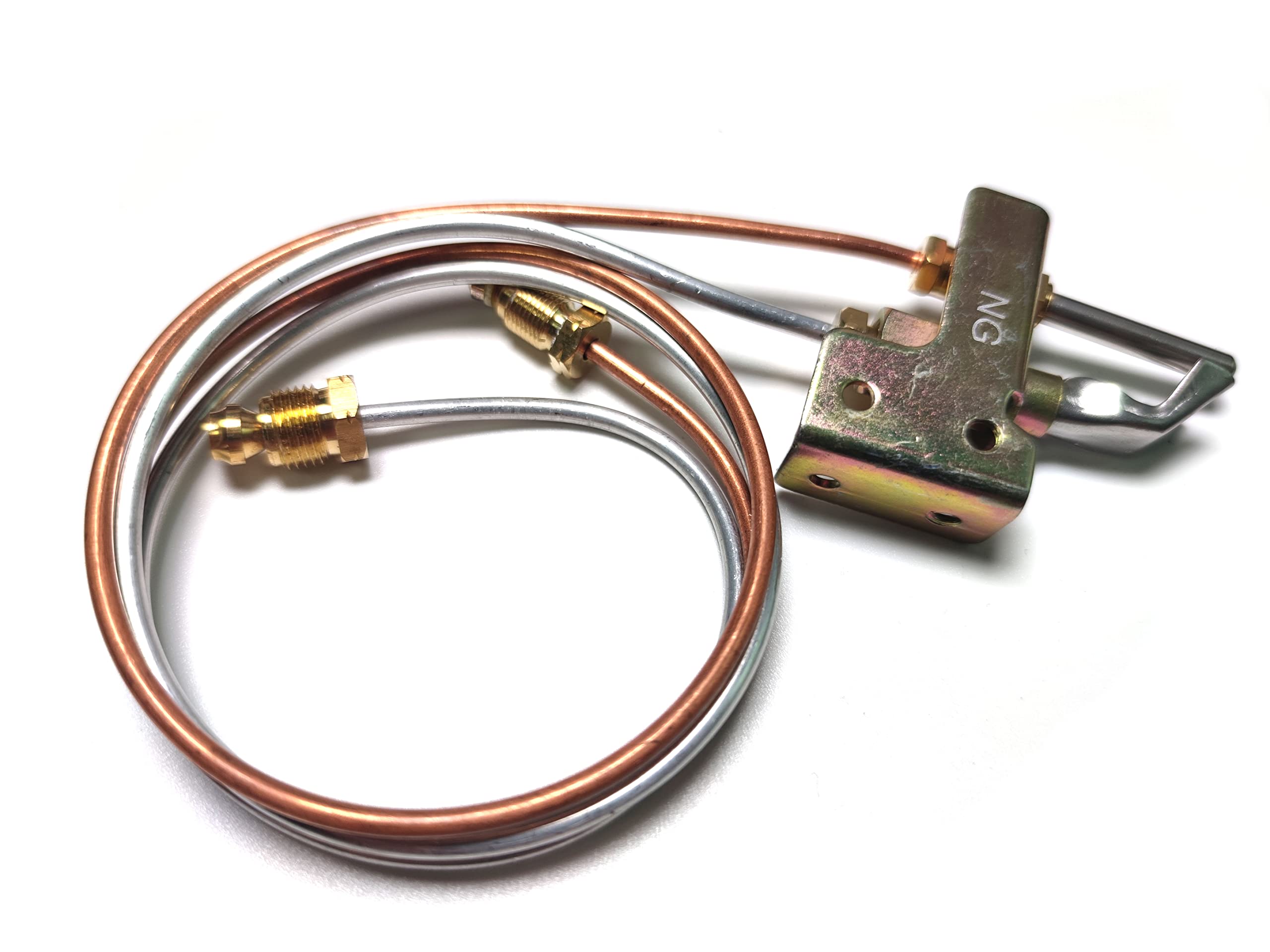
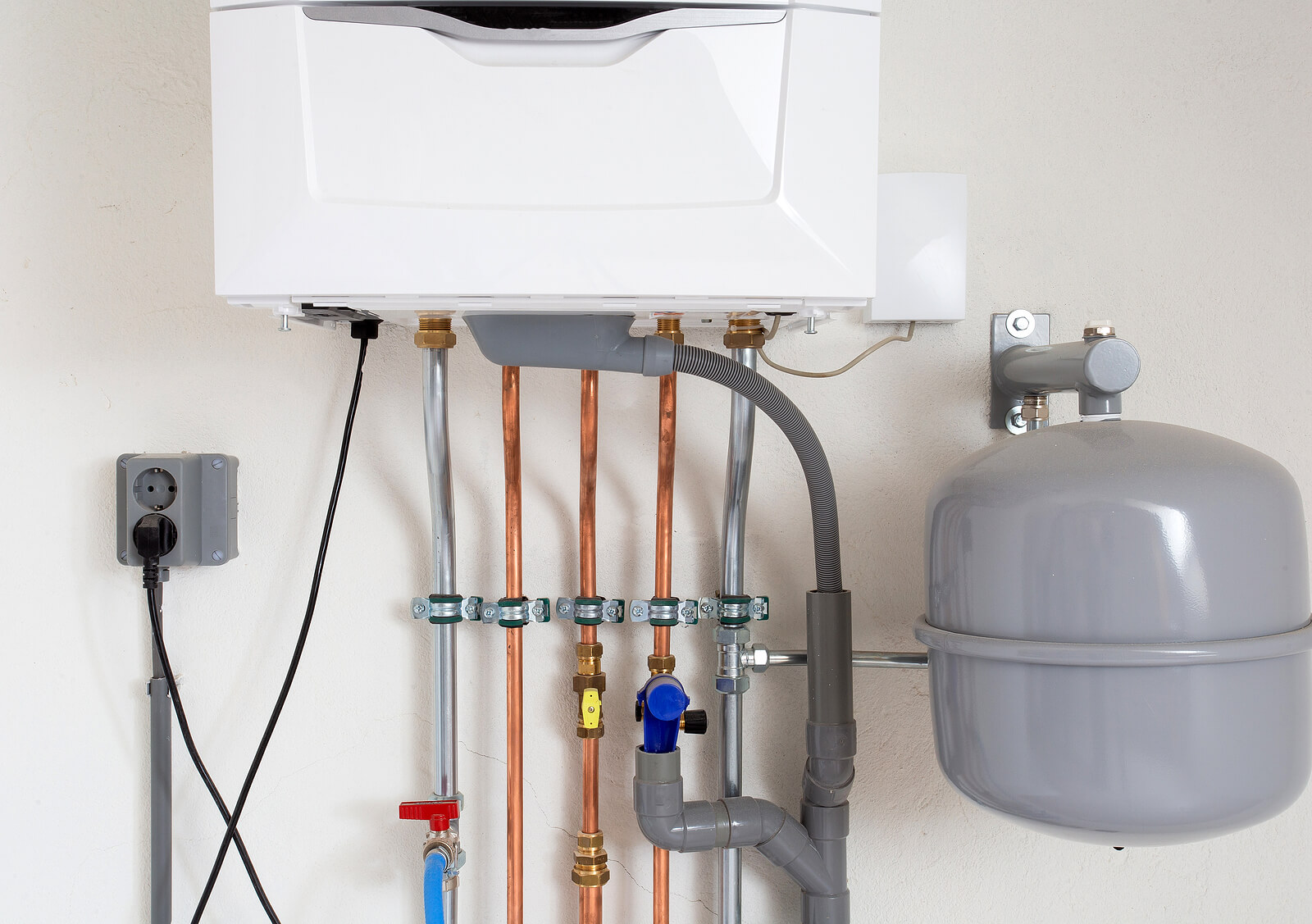
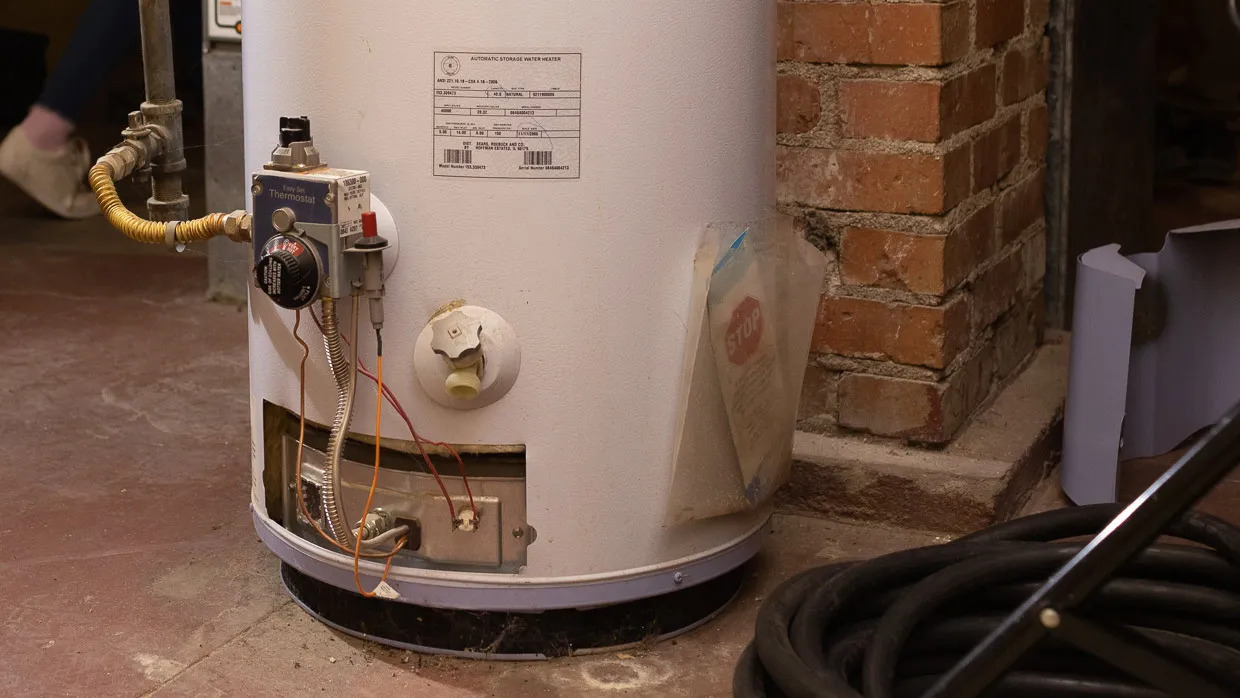
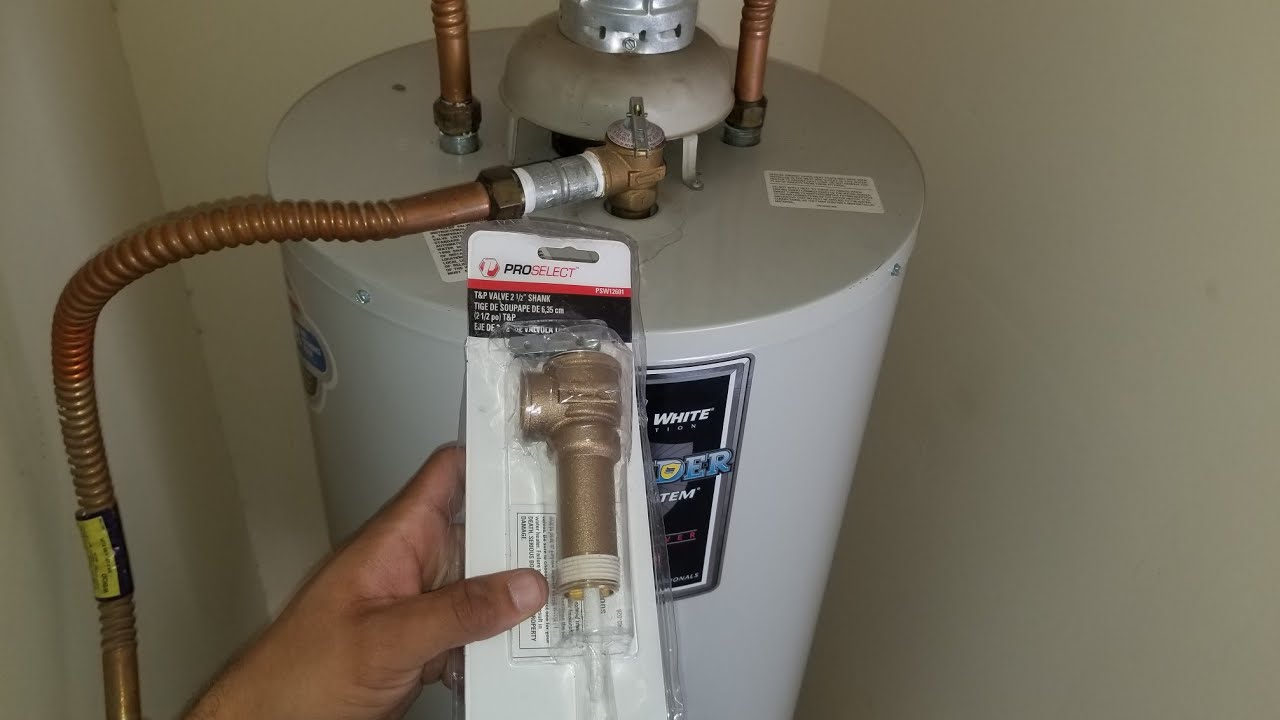
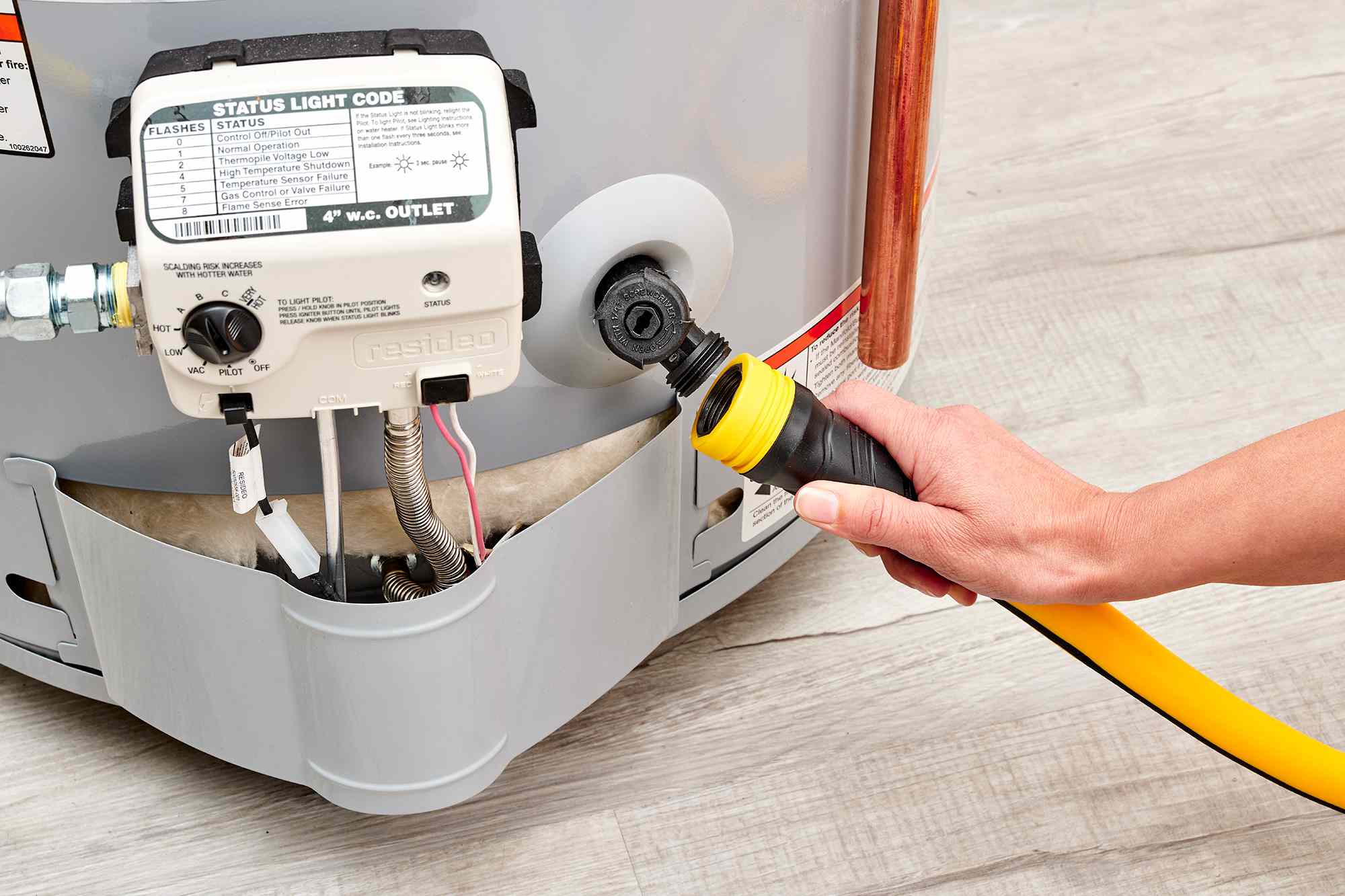
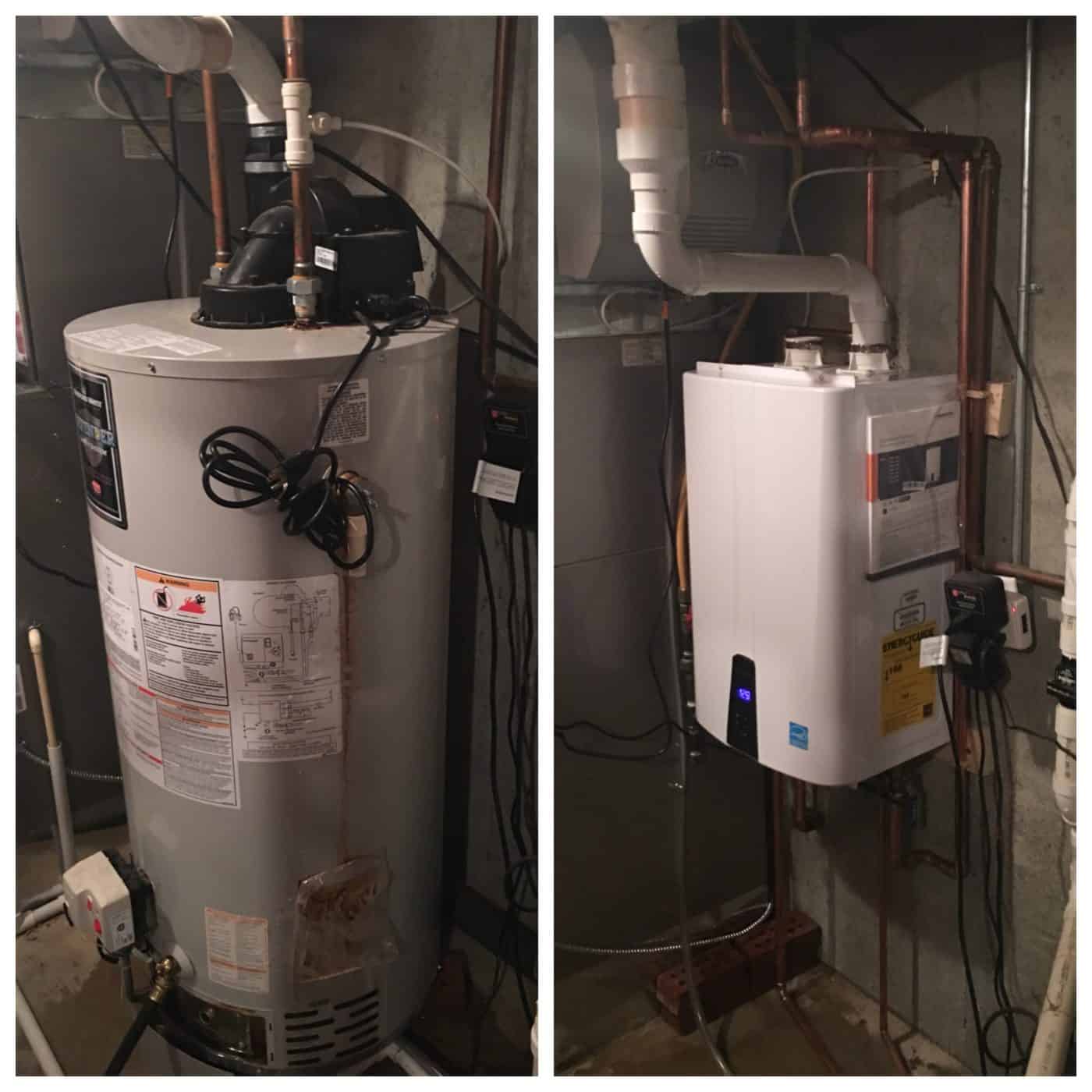
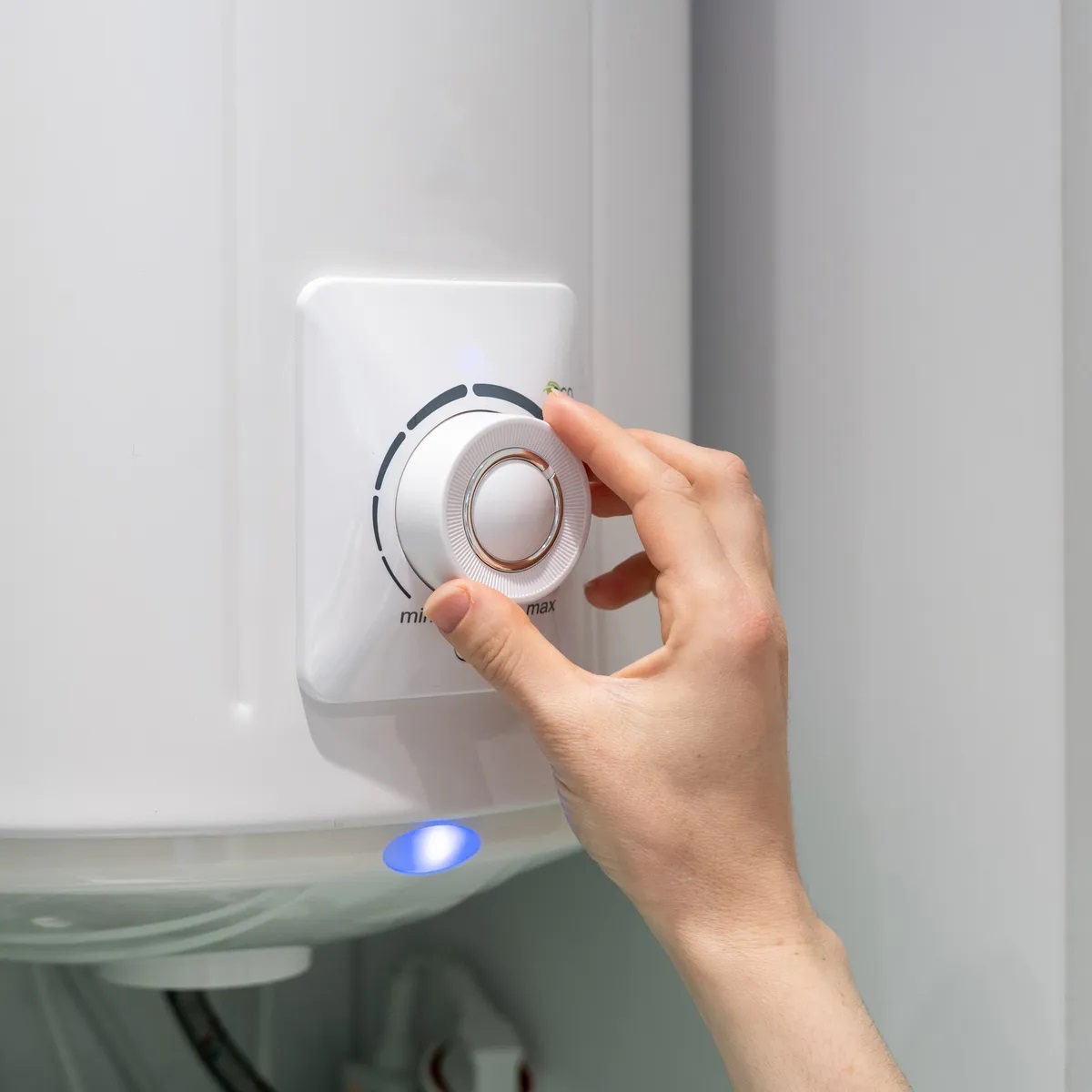


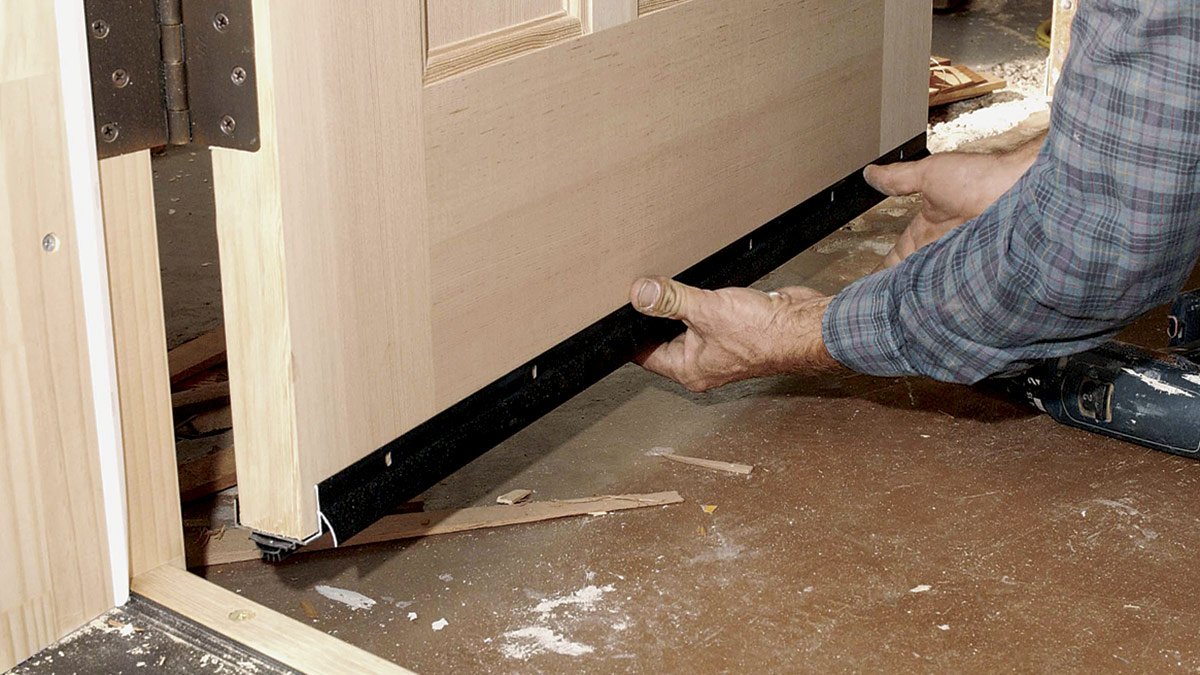


0 thoughts on “How Often To Replace Anode Rod In Water Heater”